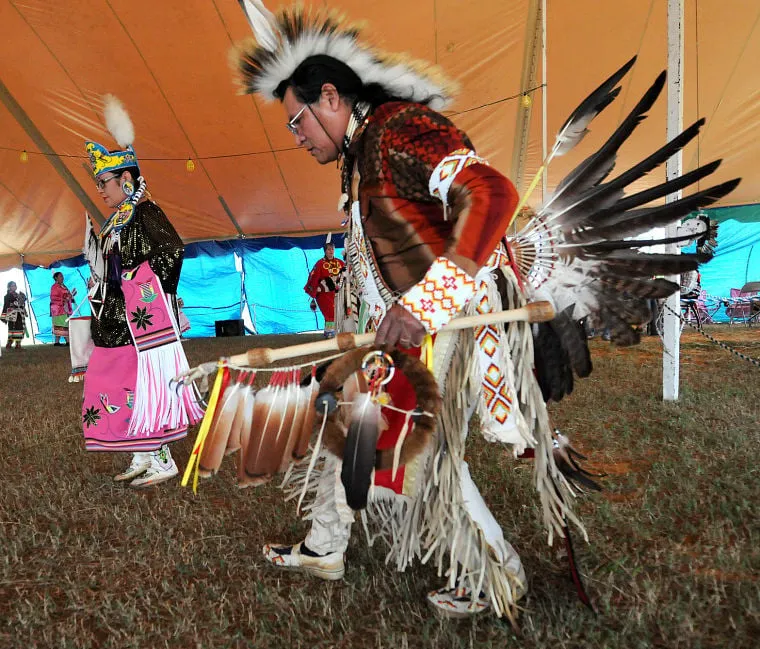Navigating the world of Native American carved walking sticks is a blend of tradition and practicality. This guide explores their cultural significance, history, and key selection criteria. Discover the perfect walking stick that aligns with your spirit and needs.
Join Native American Clothes to learn more about A Native American Carved Walking Sticks!
What does the walking stick mean in Native American culture?
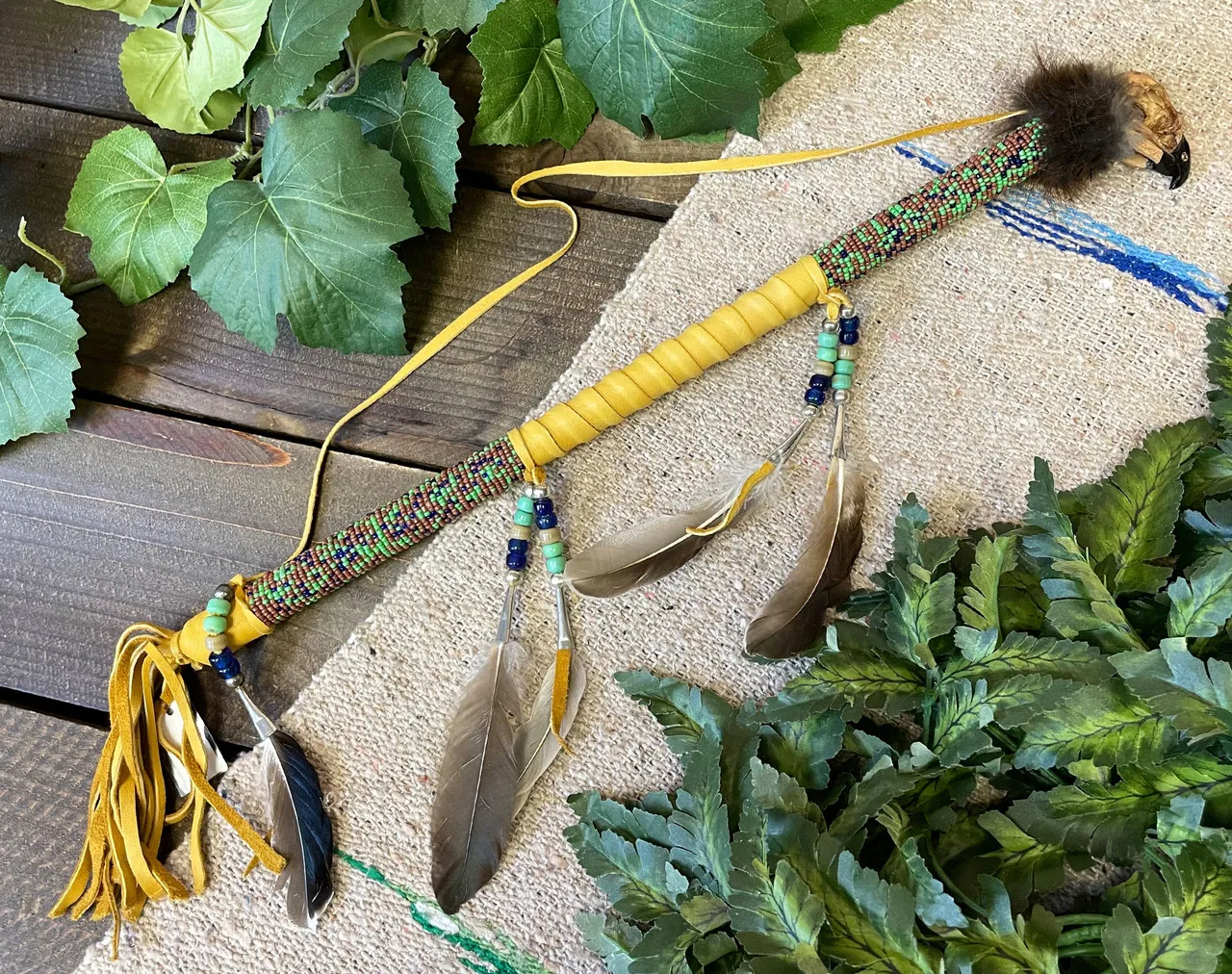
Walking sticks, those unassuming companions of many a dignified gentleman, have a history as rich and varied as the societies that embraced them. These unpretentious yet potent accessories have evolved from functional weapons to symbols of strength, power, and social prestige. Join on this journey through time as we explore the fascinating history of the walking stick, from its humble origins to its place in the hands of iconic figures.
An Ancient Beginning
Beyond the Pages of the Bible
The story of the walking stick reaches back into the annals of ancient history. The Bible itself makes frequent references to the walking staff, portraying it as a symbol of office and dignity. It’s remarkable how an object of such humble utility could carry such weighty connotations.
A Renaissance of Elegance
Sixteenth and Seventeenth-Century Reverence
Fast forward to the sixteenth and seventeenth centuries, where the walking stick underwent a remarkable transformation. It emerged as a recognized symbol of elegance and social status. In the vibrant tapestry of these centuries, the walking stick took on a role beyond utility – it became a statement piece, a mark of prestige.
This era also gave birth to a set of unique etiquette rules governing the use of these stylish accessories, from the proper way to carry them to the choice of materials.
The Age of Enlightenment
Eighteenth-Century Acceptance
As the eighteenth century dawned, the walking stick found its place in the hands of not just the elite but also the common people. Modest canes became a common sight, and those who could afford it indulged in walking sticks of great elegance and style. Etiquette around these accessories became more relaxed, allowing owners to lean on their canes in casual poses, further cementing their status as a must-have accessory.
Ornate Revival
Nineteenth-Century Extravagance
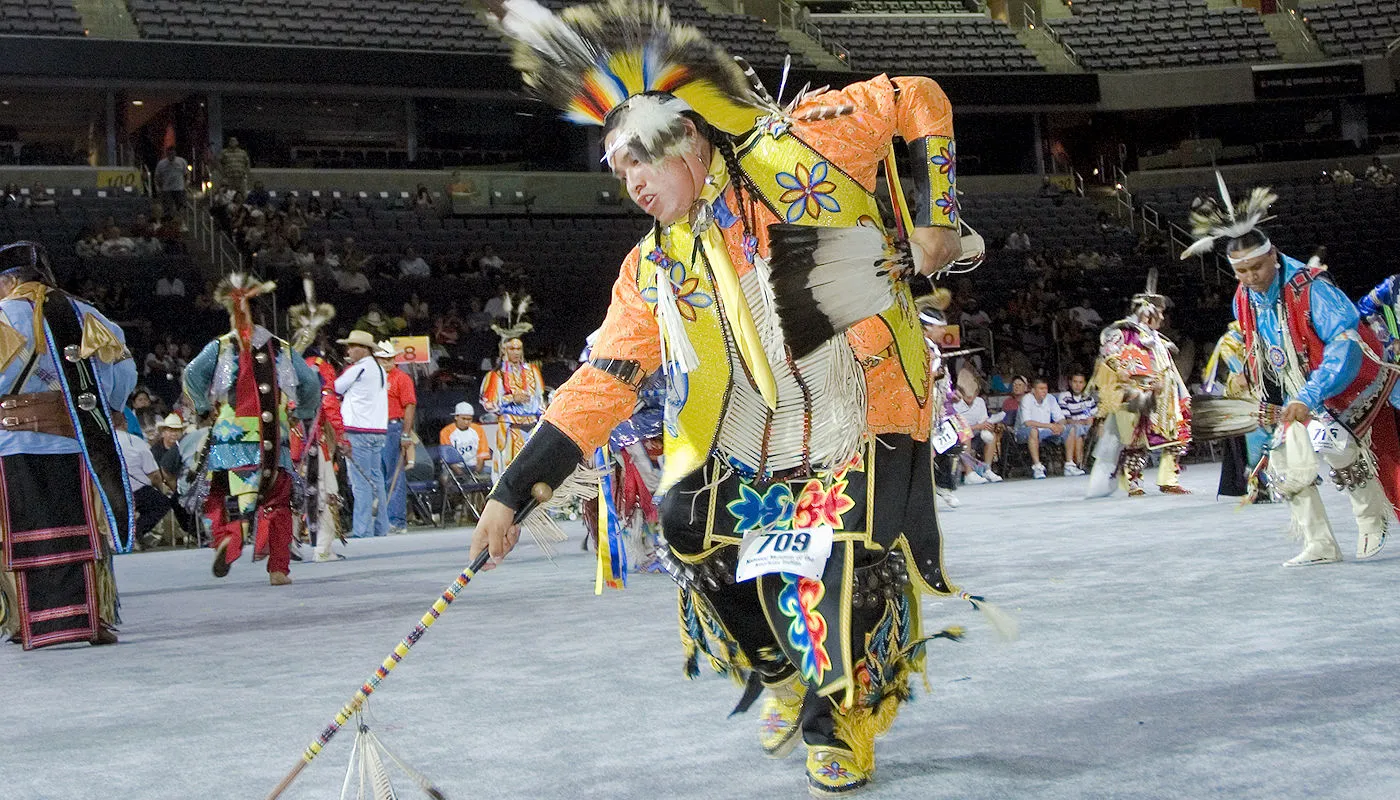
The nineteenth century witnessed a flourish of ornate walking stick styles. Even as the form became more elaborate, ornamentation often compensated for a lack of structural refinement. These sticks were more than just walking aids; they were expressions of individuality and flair.
The Age of Mass Production
Twentieth Century Accessibility
With the advent of mass production in the early twentieth century, walking sticks became accessible to the masses. The modern crook-handled wooden cane, in all its simplicity, emerged as the standard walking stick for most people. It was a testament to the enduring appeal of these companions, bridging history, and utility.
In conclusion, the walking stick, once a weapon of necessity, has transformed into an emblem of prestige, traversing through centuries and cultures. Its evolution reflects not only changes in style but also shifts in societal norms. From ancient times to the modern era, these unassuming accessories have continued to leave their mark on history, much like the iconic figures who wielded them, from George Washington to Ulysses S. Grant.
So, the next time you see a walking stick, remember the layers of history and symbolism it carries, hidden beneath its unassuming exterior. It’s not just a cane; it’s a connection to a time when an accessory could be so much more.
What are traditional walking sticks made of?
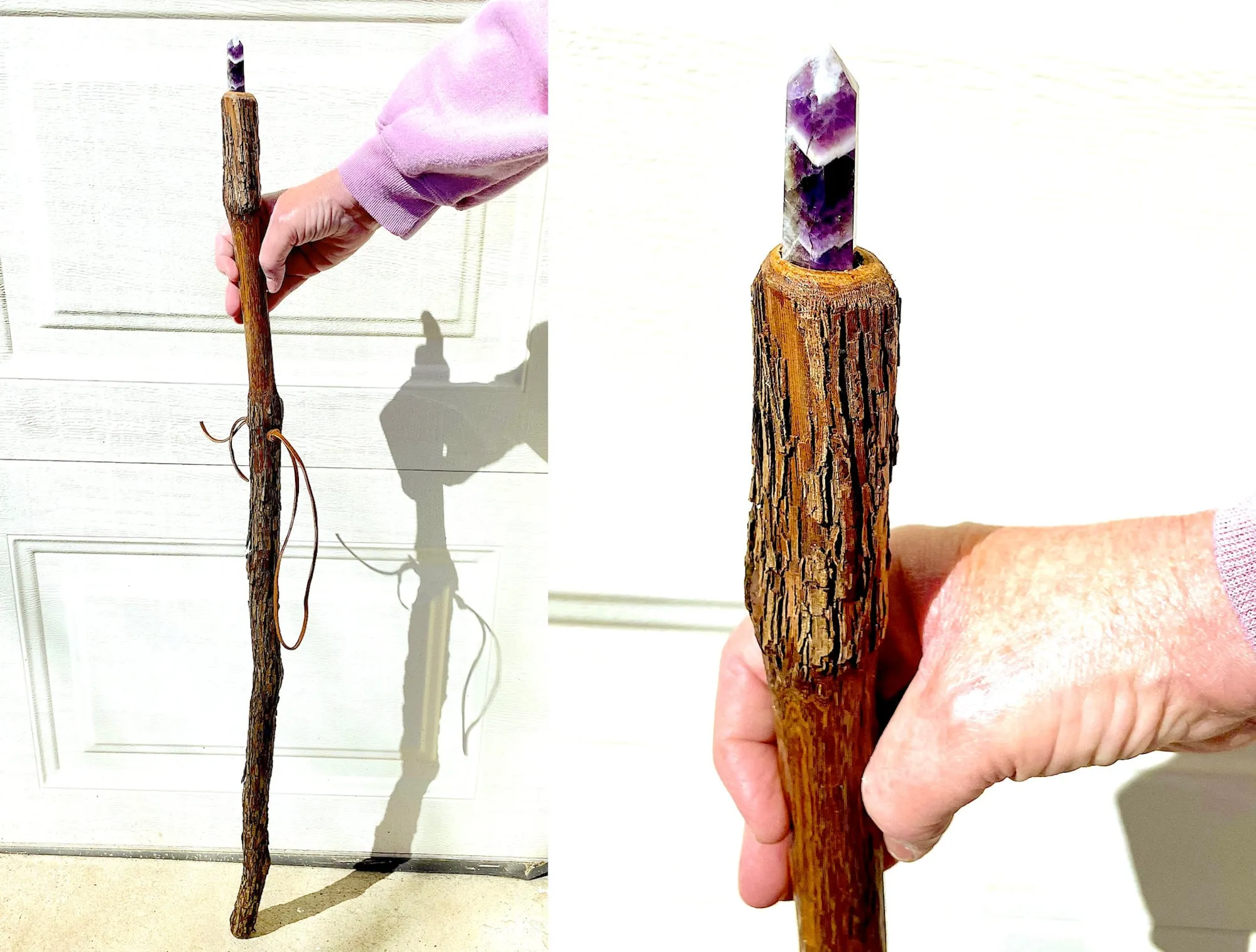
When it comes to crafting the perfect walking stick, the choice of wood can make all the difference. Imagine your trusty walking companion, solid and dependable. That’s what the right wood can do for your walking stick. So, let’s dive into the world of hardwoods and discover which ones are up to the task.
Hardwoods: The Stalwarts of Walking Sticks
When it comes to strength and resilience, hardwoods steal the show. These woods are the backbone of some of the sturdiest walking sticks you’ll ever lay your hands on. Here’s why they’re the top contenders:
Branch Multiplication Magic
Hardwoods have a unique advantage – they multiply branches with gusto. The density of foliage and the knack for sprouting branches make hardwoods knotty in the best way possible. Those knots are like nature’s reinforcements, fortifying the wood fibers. And when it comes to crafting walking sticks, resilience and strength are the name of the game.
Beech: A Local Hero
In our neck of the woods, beech takes the crown as one of the go-to choices for crafting walking sticks. Why? Because it’s abundant, sturdy, and dependable. Beech wood is versatile, allowing it to be shaped into the ideal walking stick length. Whether you’re strolling through the park or hiking up a trail, beech wood has your back.
Hazel: Lightweight Wonder
For those who seek both strength and lightness in their walking companion, hazel wood is a top pick. Its lightweight nature makes it an excellent choice for those long walks. Plus, it has a subtle sheen that adds a touch of elegance to your outdoor adventures.
Oak: The Resilient Giant
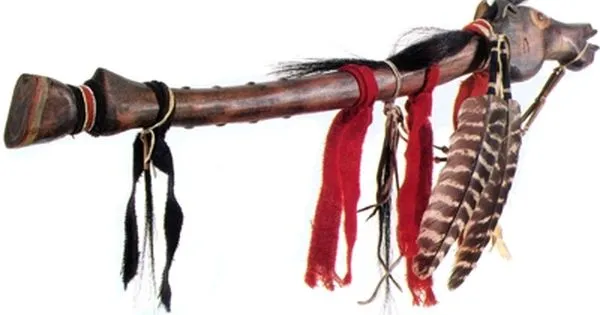
Oak, known for its strength and durability, isn’t just for tool handles. It’s a hardwood heavyweight. Tall or hefty individuals, in particular, find oak to be their perfect match. However, working with oak can be a bit of a challenge due to its hardness.
Chestnut: Light and Sturdy
If you’re after a lighter walking stick, chestnut wood is your answer. Thanks to its fast-growing nature, chestnut wood is less dense than some of its counterparts, making it ideal for those who prefer a lighter load during their walks.
Blackthorn: Slow Growth, Strong Wood
Blackthorn may grow slowly, but it’s worth the wait. This wood boasts impressive strength and density. What’s more, it’s a dream to work with, making it a top choice for carvers and manufacturers alike.
Ironwood & Ebony: The Powerhouses
For those in search of the ultimate in strength, look no further than ironwood and ebony. Sourced from tropical regions, these woods are incredibly dense and strong. Crafting a walking stick from ironwood or ebony ensures you have a true powerhouse by your side. However, be prepared for a challenge – they can be a bit tricky to work with and might just test your tool-breaking threshold.
The world of hardwoods offers a myriad of options for crafting the perfect walking stick. Each wood has its own unique characteristics, making it suitable for different preferences and needs. Whether you favor the local hero beech, the lightweight hazel, or the robust oak, your choice of wood can elevate your walking experience to new heights.
So, the next time you embark on a stroll or an adventure, take a moment to appreciate the sturdy companion in your hand – a testament to nature’s craftsmanship and your choice of the mightiest hardwoods.
What is a Maori walking stick called?
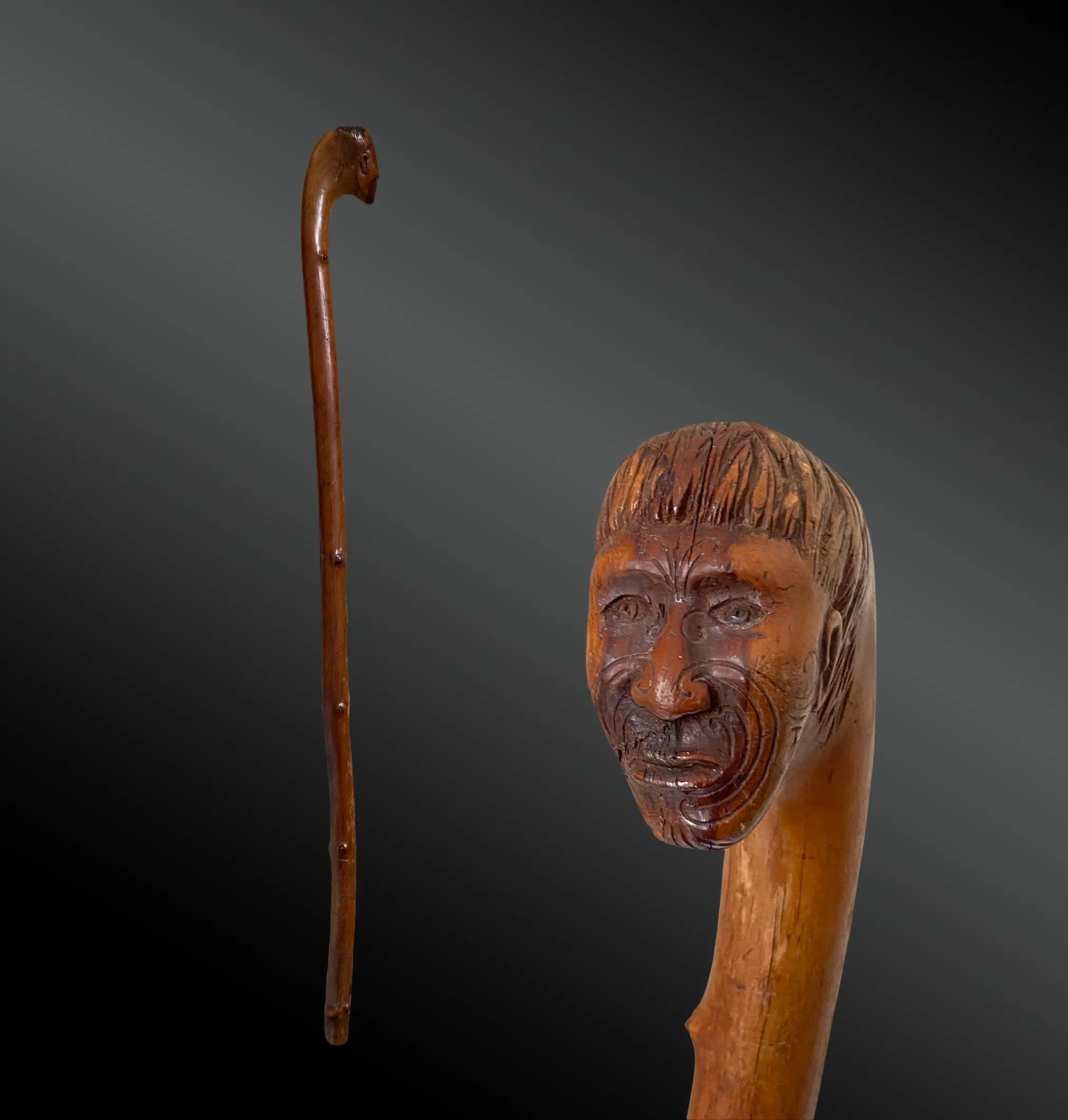
When it comes to ceremonial traditions, few things carry the weight and significance of the Māori tokotoko. It’s not just a walking stick; it’s a piece of living history, a symbol of authority, and a work of art all rolled into one.
The Tokotoko Unveiled
The tokotoko is no ordinary walking stick. It’s a meticulously carved masterpiece that tells a story of culture, tradition, and honor. Crafted with precision and passion, it stands as a testament to the artistry of the Māori people.
A Marae’s Emblem of Authority
Step onto a marae, a sacred meeting ground of the Māori, and you’ll quickly understand the significance of the tokotoko. It’s not just a piece of wood; it’s a symbol of authority and status, a visual cue that commands respect. When a speaker holds the tokotoko, all eyes are on them, and their words carry the weight of generations.
Poetry and Prestige
In the world of New Zealand poetry, there’s a prestigious honor – the title of New Zealand Poet Laureate. And when a poet achieves this remarkable recognition, they are not just bestowed with words of praise; they are also presented with a tokotoko. It’s a gesture that signifies the deep connection between poetry and Māori culture, a way of acknowledging the power of words to bridge cultures and generations.
The Artistry of the Tokotoko
What sets the tokotoko apart is not just its symbolism but also its exquisite craftsmanship. Each tokotoko is a unique piece of art, reflecting the individuality and creativity of its maker. From the careful selection of wood to the intricate carvings that adorn it, every aspect of the tokotoko is a labor of love.
Wood as the Canvas
The journey of a tokotoko begins with the selection of the perfect wood. It’s not just about aesthetics; it’s about the essence of the piece. The wood chosen for a tokotoko carries its own story, and the carver’s skill lies in bringing that story to life. Whether it’s the rich tones of totara or the deep hues of kauri, the choice of wood is a crucial part of the artistic process.
Carving Culture into Wood
The heart of a tokotoko lies in its carvings. Meticulous and meaningful, these carvings depict ancestral stories, cultural symbols, and the essence of Māori identity. Each curve and line is a nod to the past and a bridge to the future. It’s a way of preserving tradition while embracing change.
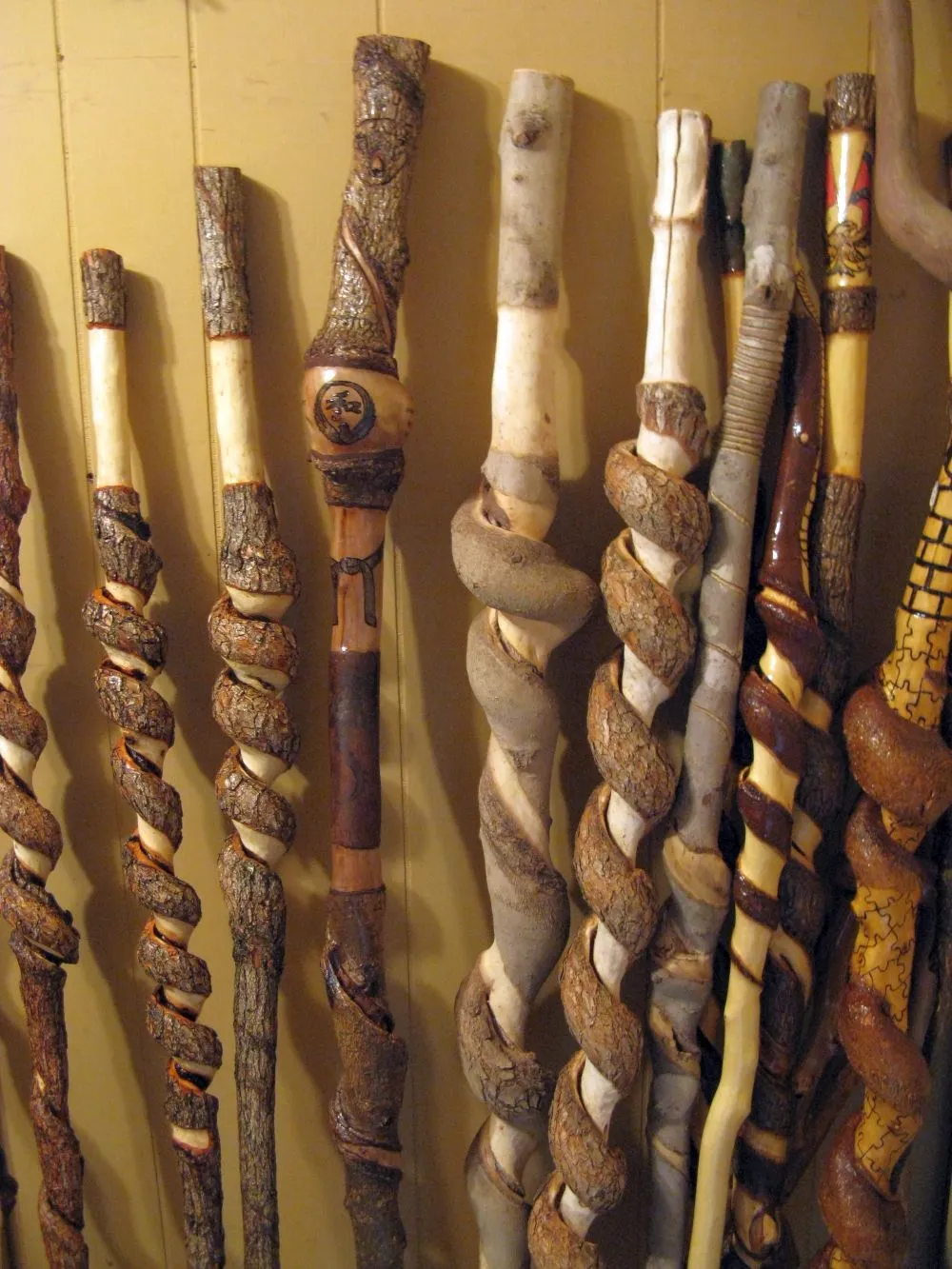
A Legacy of Art and Authority
When a tokotoko is handed down from one generation to the next, it’s not just a physical object that’s passed along. It’s a legacy of artistry and authority, a reminder of the enduring strength of Māori culture. As each new speaker takes hold of the tokotoko, they become a part of a living tradition, entrusted with the responsibility of preserving and enriching it.
In conclusion, the tokotoko is more than a ceremonial walking stick; it’s a cultural treasure, a symbol of authority, and a testament to the artistic prowess of the Māori people. It serves as a bridge between the past and the present, between tradition and innovation. And in the world of New Zealand poetry, it stands as a tangible connection between words and culture, a reminder of the power of language to inspire, unite, and elevate.
How To Choose A Native American Carved Walking Sticks?
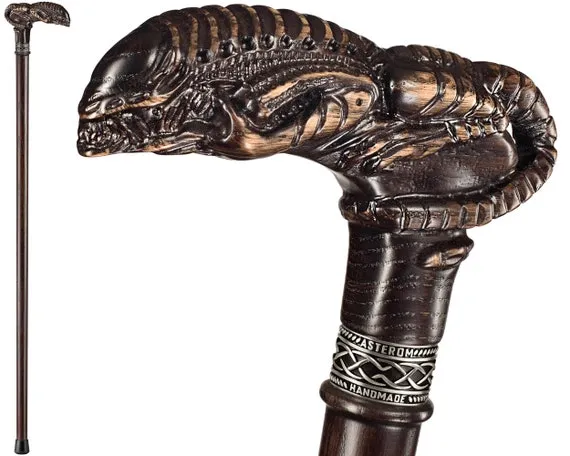
In the heart of Native American culture, where traditions run deep and stories are etched into the very land they walk on, there exists a practice that has endured the test of time – the use of walking sticks. These humble companions have served both practical and cultural purposes, weaving themselves into the tapestry of Native American life.
A Practical Partner on the Journey
Imagine embarking on a long, arduous journey through rugged terrains and dense forests. In such challenging landscapes, a walking stick becomes more than just a piece of wood; it transforms into a trusted ally. These sticks, often crafted from sturdy hardwoods, were invaluable aids for weary travelers. They extended one’s reach, provided stability on uneven ground, and offered support when fatigue set in.
The Burden-Bearer
One of the remarkable roles of the walking stick was its ability to shoulder heavy burdens. Native Americans, known for their resourcefulness, ingeniously used these sticks to carry packs and bundles. They turned a simple wooden staff into a reliable burden-bearer, lightening the load of those on the move.
A Defender in Times of Trouble
In the unpredictable wilderness, where encounters with wildlife or unforeseen dangers were a constant reality, the walking stick took on the role of a defender. It became a means of protection, a tool that could be wielded skillfully if trouble came knocking. With a sturdy walking stick in hand, one felt safer in the vast expanse of the untamed land.
Symbols of Status and Storytelling
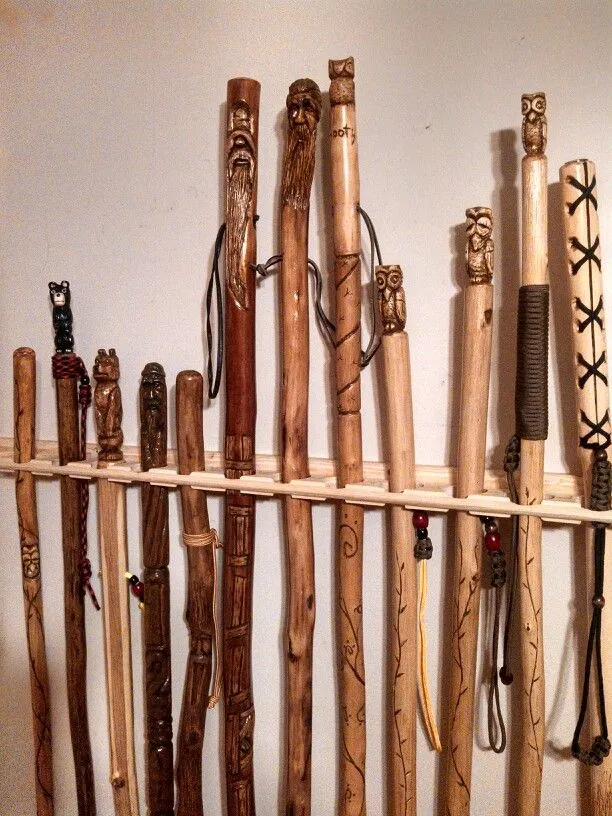
Beyond their practical utility, these walking sticks held deep cultural significance. They were not just functional; they were works of art and vessels of storytelling.
Vivid Symbols of Status
Native American tribes were diverse and complex societies, each with its own hierarchy and customs. Walking sticks became symbols of status and identity within these communities. They were adorned with vivid decorations, reflecting the wearer’s place in the tribe. These embellishments were more than just aesthetics; they conveyed a message of honor and prestige.
Marking Journeys Through Time
But perhaps the most captivating aspect of these walking sticks was their role as storytellers. Carved with great care and precision, they bore witness to the journeys of their owners. Every mark on the wood, every notch and etching, told a tale of adventures and experiences. These sticks were living records of lives lived on the edge of the wilderness.
Craft Your Own Connection to Tradition
Today, the tradition of crafting and using Native American walking sticks lives on. While the landscapes may have changed, and the challenges faced by travelers evolved, the essence of these sticks remains intact. You can embark on your own journey by creating your Indian walking stick. Whether it’s for hikes through modern forests or as a decorative piece, you can connect with a tradition that spans generations.
In conclusion, the legacy of Native American walking sticks is a testament to the resilience and resourcefulness of these indigenous cultures. These sticks were not mere accessories; they were lifelines in a world where nature reigned supreme.
They were symbols of status and storytellers of epic adventures. Today, they continue to inspire us to forge our own paths, carrying forward a tradition that honors both the practical and cultural significance of the humble walking stick.
See more: Trend Printing Native American Designs And Patterns On Products

